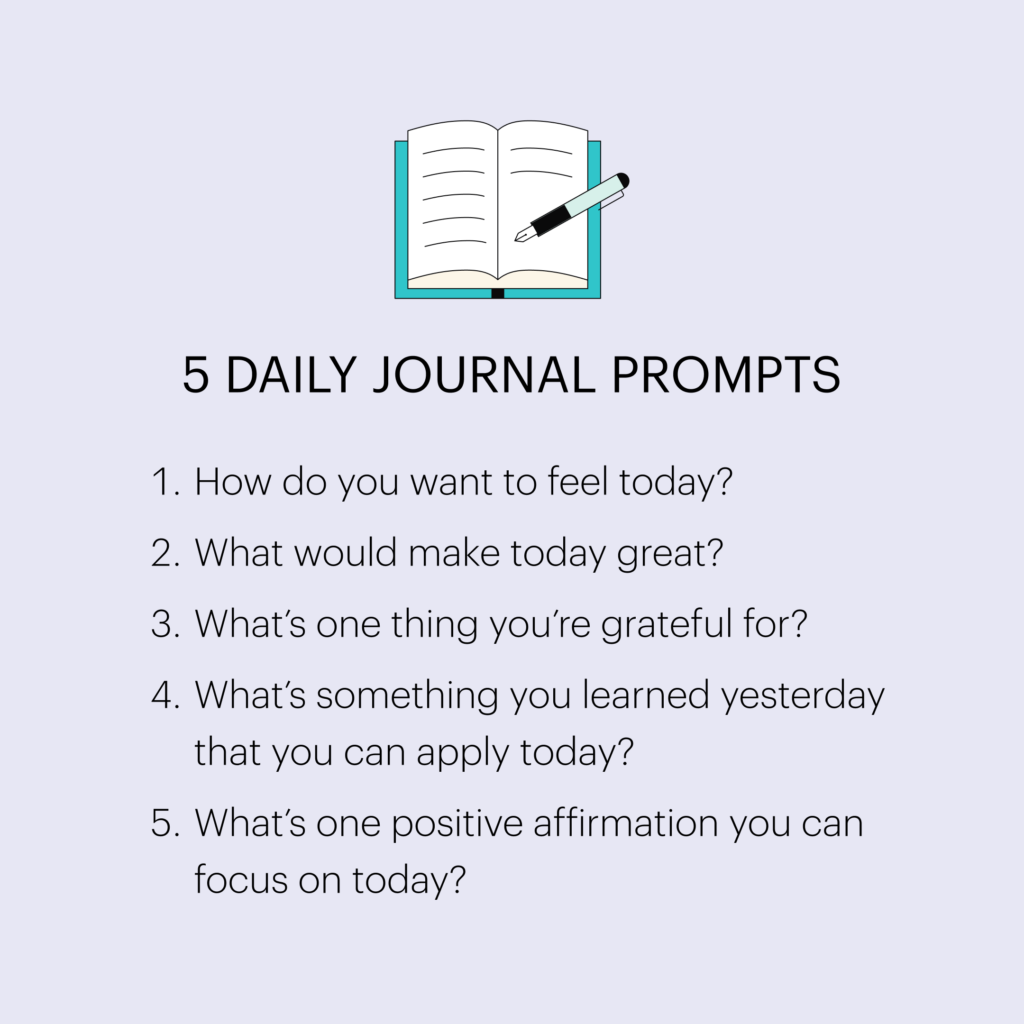In an increasingly fast-paced world dominated by digital distractions and relentless expectations, more individuals are turning away from traditional religious frameworks and seeking personal growth through alternative spiritual practices. These paths, often rooted in ancient wisdom or experiential ritual, offer powerful tools for inner transformation, healing, and self-realization.
Here are five compelling alternative spiritual practices that can guide your journey inward—helping you tap into your intuition, confront your shadows, and cultivate lasting peace from the inside out.

Shadow Work: Embracing the Hidden Self
Most people strive to be “good,” suppressing aspects of themselves they deem unacceptable—jealousy, anger, fear, or insecurity. These buried parts don’t disappear; they reside in the subconscious, shaping decisions and creating self-sabotage. Shadow work is the process of confronting and integrating these disowned parts of the psyche, a term popularized by Swiss psychologist Carl Jung.

Why It’s Powerful
Shadow work fosters radical self-acceptance. Instead of shaming your flaws, you explore them with curiosity. This practice allows you to become whole rather than perfect—shedding guilt, fear, and projection.

How to Practice It
- Journaling Prompts: Write freely in response to questions like, “What triggers strong emotional reactions in me, and why?” or “When was the last time I felt ashamed, and what did that reveal?”

- Mirror Work: Speak affirmations or self-reflections while looking into your own eyes. Acknowledge not only your light but also your shadows.

- Guided Meditation: Use meditations specifically designed to meet your inner child or wounded parts.

Growth Outcome
Through shadow work, you gain emotional resilience, improved relationships, and a deeper understanding of your subconscious motivations.

Ecstatic Dance: Moving Beyond the Mind
Before humans spoke in structured language, we danced. Across ancient cultures, dance has always been a sacred act—a way to commune with spirits, release emotion, and transcend the ego. Ecstatic dance invites participants to move freely to music in a safe, judgment-free space, often in community circles.

Why It’s Powerful
The body holds trauma and wisdom. Ecstatic dance allows you to bypass analytical thought and process energy directly through movement, unlocking insights and restoring flow.

How to Practice It:
- Create a Sacred Space: Dim the lights, light incense or candles, and wear clothing that lets your body move.

- Set an Intention: Before you begin, reflect on what you want to release or embody.

- Let Go of Rules: There’s no choreography. You move as your body desires—angrily, softly, chaotically, sensually—however it needs to express itself.
Growth Outcome:
Participants often report emotional breakthroughs, creative inspiration, and a sense of unity with something greater than themselves.
3. Sound Healing: Tuning Your Inner Frequency
All matter vibrates—including you. Sound healing uses intentional frequencies to bring the mind, body, and spirit into harmony. Instruments like crystal singing bowls, gongs, tuning forks, or even the human voice are employed to “retune” your energy field and induce states of deep relaxation and healing.
Why It’s Powerful:
Sound bypasses resistance. It reaches deep into the nervous system, releasing stress and energetic blockages. Neuroscience even supports this: specific tones can lower cortisol levels, regulate heart rate, and trigger theta brainwaves.
How to Practice It:
- Attend a Sound Bath: Many yoga studios or metaphysical spaces host sessions where practitioners play healing instruments in immersive environments.
- Use Binaural Beats or Solfeggio Frequencies: These tracks (widely available online) can be played during meditation or sleep.
- Chanting or Mantra Work: Repeating sacred sounds like “Om” or “So Hum” can balance internal chaos and strengthen focus.
Growth Outcome:
Regular sound healing reduces anxiety, improves sleep, and fosters a deep sense of peace and clarity.
4. Nature Rituals: Reconnecting with the Elemental Self
Modern society has severed many of us from nature—a profound source of spiritual connection. Earth-based spiritualities such as Paganism, Animism, and certain Indigenous practices encourage ritual connection to the natural world through seasonal ceremonies, offerings, and symbolic acts.
Why It’s Powerful:
Nature reflects your internal state. Its cycles mirror your own growth, death, and rebirth. Honoring these cycles can ground you, remind you of your place in the cosmos, and bring spiritual meaning to everyday life.
How to Practice It:
- Celebrate the Sabbats or Moon Phases: Create small rituals during solstices, equinoxes, or new/full moons. These might include lighting candles, offering herbs, writing intentions, or releasing old habits.
- Create an Elemental Altar: Represent Earth, Air, Fire, and Water with simple items—stones, feathers, candles, and bowls of water.
- Wild Offerings: Leave biodegradable gifts (like flower petals or grains) as thanks to the land during a hike or forest walk.
Growth Outcome:
You’ll develop a sense of sacred reciprocity with the world around you and become more attuned to natural rhythms and intuition.
5. Divination as Reflection: Tarot, Oracle, and Pendulums
Contrary to popular belief, divination isn’t about predicting the future—it’s a tool for reflection. Tarot and oracle cards, pendulums, runes, and scrying allow the subconscious to speak through symbolism. The images you draw or interpret reflect your internal world, providing insight into challenges, desires, and unspoken fears.
Why It’s Powerful:
Divination encourages self-dialogue. When you approach it not as fortune-telling, but as a form of spiritual journaling, it becomes a mirror to your soul’s landscape.
How to Practice It:
- Daily Draws: Pull one card each morning and meditate on its message for the day.
- Pendulum Work: Ask yes/no questions and observe the directional swings. Use this as a method of tuning into your own intuitive voice.
- Intuitive Reading: Set the guidebook aside and let your impressions and feelings interpret the card’s meaning.
Growth Outcome:
Divination builds self-trust, heightens intuitive abilities, and allows you to explore your inner world through a language of metaphor and myth.
Integrating These Practices Into Your Life
While each of these practices is powerful on its own, they can be woven together to form a dynamic, personalized spiritual path. For example, you might begin your week with a shadow work journal, move through stuck energy with ecstatic dance, ground yourself with a full moon ritual, and close your week with a soothing sound bath or a tarot reading for insight.
Here are a few tips for sustainable integration:
- Start Small: Choose one practice that resonates most. Explore it consistently for a few weeks before adding another.
- Stay Curious, Not Dogmatic: There’s no “right” way to approach alternative spirituality. Let your exploration be playful, creative, and flexible.
- Honor Your Inner Wisdom: If something feels off, don’t force it. Your spiritual path is uniquely yours to shape.
Final Thoughts: Personal Growth Through Sacred Experimentation
Spirituality doesn’t need to follow a single doctrine or rely on hierarchy. These alternative practices invite you to become your own mystic—to listen to your intuition, embrace your truth, and deepen your relationship with the unseen world.
Personal growth flourishes when you hold space for both light and shadow, stillness and motion, mystery and meaning. Whether you’re dancing under the stars, drawing cards at dawn, or sitting with your pain in silence, you’re walking a sacred path.
And in that journey, you don’t need permission—only presence.

Leave a Reply